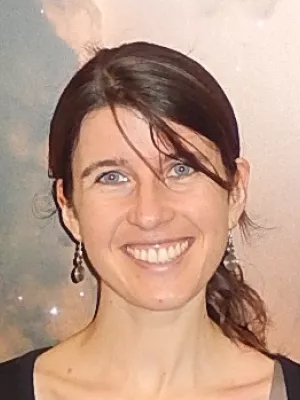
Caterina Doglioni
Affiliated

Search for four-top-quark production in the single-lepton and opposite-sign dilepton final states in pp collisions at s =13 TeV with the ATLAS detector
Author
Summary, in English
A search for four-top-quark production, tttt, is presented. It is based on proton-proton collision data with a center-of-mass energy s=13 TeV collected by the ATLAS detector at the Large Hadron Collider during the years 2015 and 2016, corresponding to an integrated luminosity of 36.1 fb-1. Data are analyzed in both the single-lepton and opposite-sign dilepton channels, characterized by the presence of one or two isolated electrons or muons with high-transverse momentum and multiple jets. A data-driven method is used to estimate the dominant background from top-quark pair production in association with jets. No significant excess above the Standard Model expectation is observed. The result is combined with the previous same-sign dilepton and multilepton searches carried out by the ATLAS Collaboration and an observed (expected) upper limit of 5.3 (2.1) times the four-top-quark Standard Model cross section is obtained at 95% confidence level. Additionally, an upper limit on the anomalous four-top-quark production cross section is set in the context of an effective field theory model. © 2019 CERN.
Department/s
- Particle and nuclear physics
- eSSENCE: The e-Science Collaboration
Publishing year
2019
Language
English
Publication/Series
Physical Review D
Volume
99
Issue
5
Links
Document type
Journal article
Publisher
American Physical Society
Topic
- Subatomic Physics
Status
Published
ISBN/ISSN/Other
- ISSN: 2470-0010

